In this essay, Annika Galvin critically utilizes an environmental justice framework to bring attention to the ways in which climate change compounds the harms of the prison industrial complex upon frontline communities. They crucially examine the ways in which this structural violence is intentionally enacted, for example, how prisons are often deliberately placed near toxic […]
Ava Carroll’s piece offers a comprehensive analysis of the food waste crisis at colleges around the country and here at Smith. Carroll’s meticulous research highlights the true magnitude of this often-overlooked problem while offering nuanced solutions. Her work explores the far-reaching impacts of food waste, from economic losses to environmental degradation, while emphasizing the role […]
Eden Ball expertly navigates the nuance of sociocultural influence on the female orgasm. Ball examines the multipronged way by which social media, scientific bias, and social standards of sexual interaction impact a culture’s view of female pleasure. Ball links her own experience as a young woman participating in Western culture with larger trends and evidence […]
The sounds of their house, Latin folk, maddening lullabies, heavy metal, and R&B soul come together to make up the soundtrack of Kimberly’s life. For her, music has always been a help with feelings of isolation and loneliness. Using music, Kimberly walks readers through her journey of self-discovery growing up from the age of four […]
In this pressing, topical piece, Musayeroh Bah addresses some of the issues with the United States transportation system, focusing on its inaccessibility to many citizens. Coming from New York City, she brings a perspective that values walkability, which not only shines through, but also influences what she sees as solutions to these long-standing and systemic […]
Aurezuh Sikes expertly articulates the parallels between the zealous practices of drag and traditional religion. This work is a beautiful representation of the intimate exercises that bind our Smith community together, and through Sikes’ work, we are able to examine and appreciate the differences and, more importantly, the similarities we have with one another. Sikes […]
Corin Ford’s essay explores Beyoncé’s groundbreaking visual album, Lemonade, and its themes of Black unity, empowerment, and resilience. Ford walks us through Beyoncé’s sources of inspiration, which include both her own personal experiences and the work of other black activists, such as Joan Morgan and Audre Lorde. Ford also emphasizes Beyoncé’s inclusion of Black men […]
Referencing Virginia Woolf’s work Mrs. Dalloway, Boulanger eloquently carries the reader through a current critique of societal takes on feminine consumerism. Since Woolf’s times, she argues, the reductionist, frivolous views of stereotypically feminine shopping habits actually map quite clearly onto both the feminist pursuits of belonging, agency, and emotional freedom as well as onto the […]
Weaving together archival documents and keen analysis, Sarah Mitrani’s investigation examines Smith students’ balance between traditional and modern femininity throughout World War 1. Mitrani inspects all facets of student life on campus, expertly detailing the changes Smithies faced from 1917-1919, from wardrobe to academic endeavors, religious life to community building. Beyond describing the Smith experience, […]
Sabrina Hatch draws a shocking and insightful connection between the early horrors of slavery and today’s similarly oppressive prison-industrial complex. Noting the universality of the falsely-accused Calvin Duncan’s story, they bring attention to the widespread destructiveness of our country’s prison system and incisively argue in favor of its abolishment. With inspiring tones of hope and […]



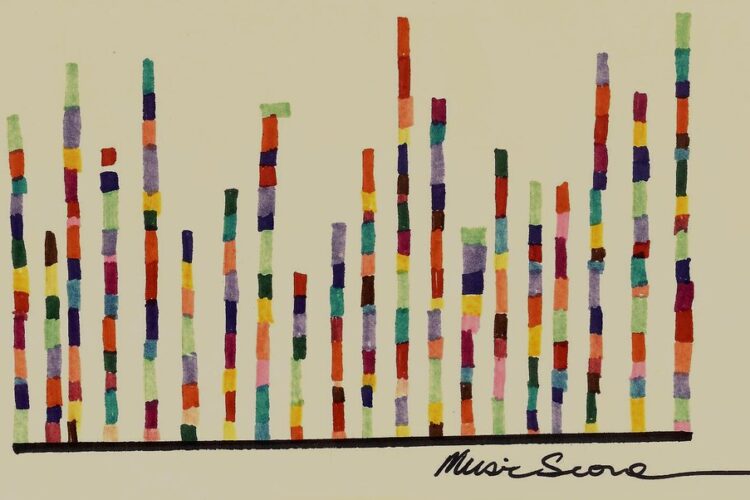
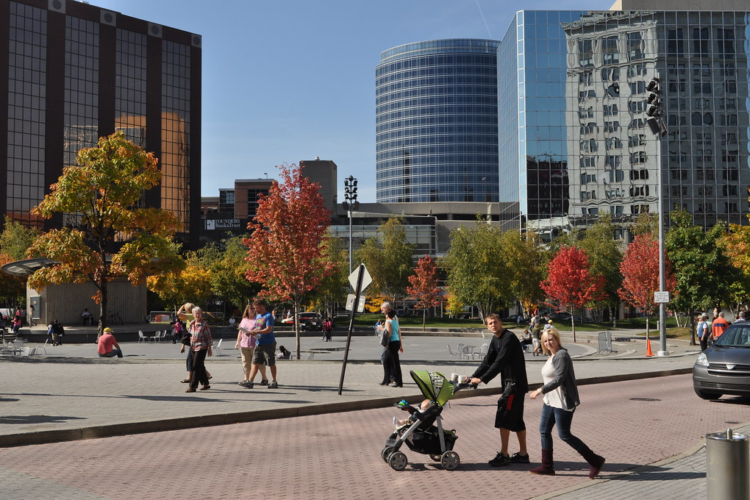
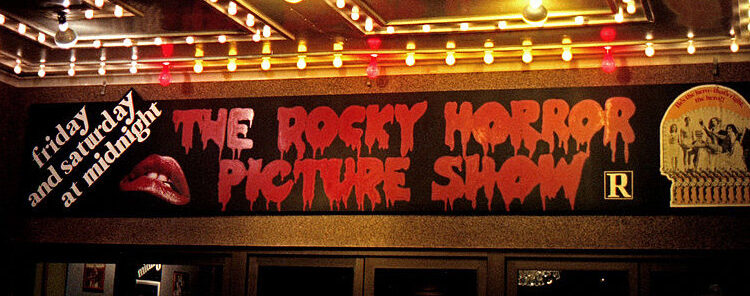
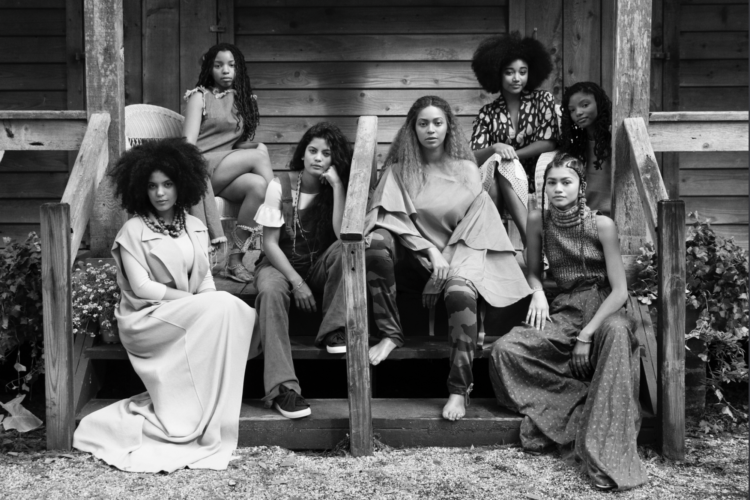
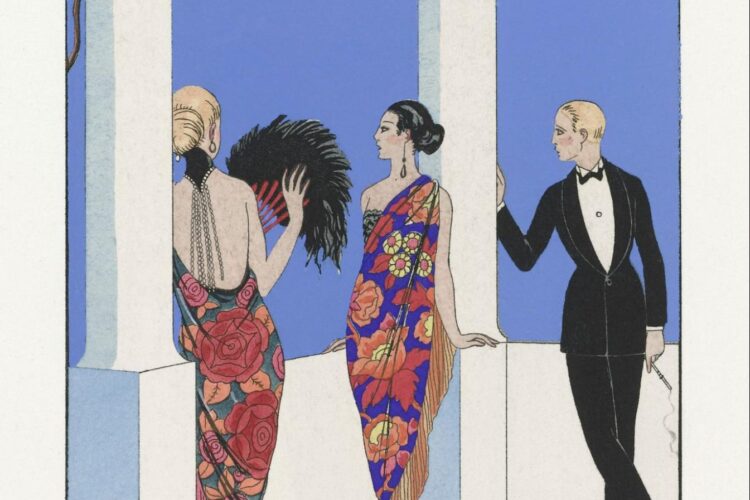
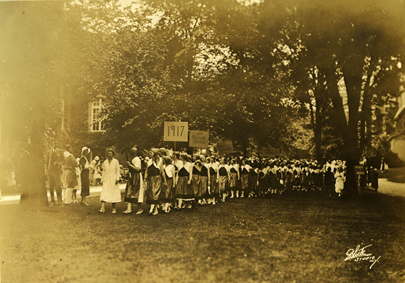

Recent Comments